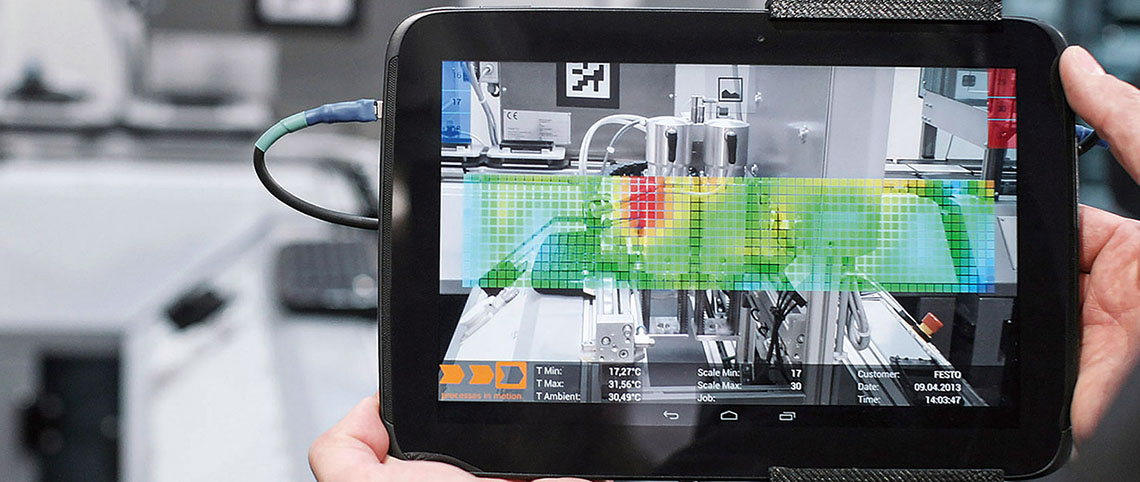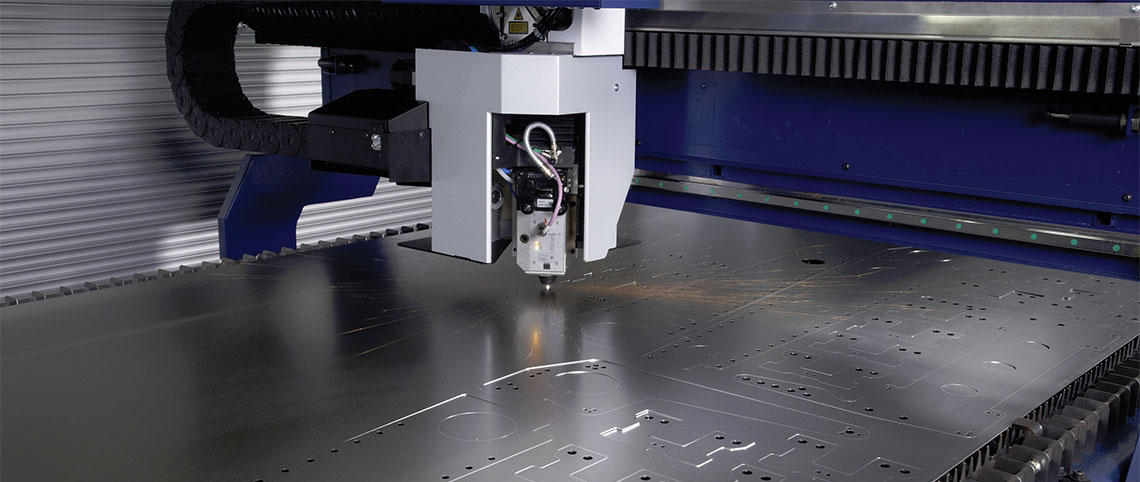Robotic arms are used on a daily basis to increase productivity, safety and add value in countless industries.
Learn MoreInternet of Things

The internet of things refers to using data instantaneously, from anywhere and globally; connected through the Internet, for the benefit of production.
The internet of things gives companies the ability to connect many different devices, including older computers and get "communicated" with each other in a way that could not be done before.
By collecting data, companies can improve efficiency and gain competitive advantage.
Benefits
- Represent a complete view of the entire operation.
- Real-time traffic management.
- View real-time critical performance data that helps drive productivity and increase performance.
- Extend the life of equipment.
- Better visibility and process control.
- Energy efficiency.
Technologies needed to implement the internet of things
- Application or Software: Used to display data over the internet on a computer or mobile phone.
- Sensors: Used for real-time detection of unpredictable conditions such as temperature.
- Automation and control: This is necessary to convert the data collected through the internet in the instructions that the actuators must follow.
Solutions
- Legacy equipment analysis: A legacy equipment study is done to find out if it will be able to communicate with newer equipment or if it needs to be replaced or updated.
- Analysis of communication protocols: Together with the equipment a study is made to know which protocols are being used by the networked devices, if they are in use and the type of wiring that is in use.
- Enable device-to-device communication: Advanced HMI systems, protocol converters, and other automation products are selected for connecting devices from different manufacturers.


